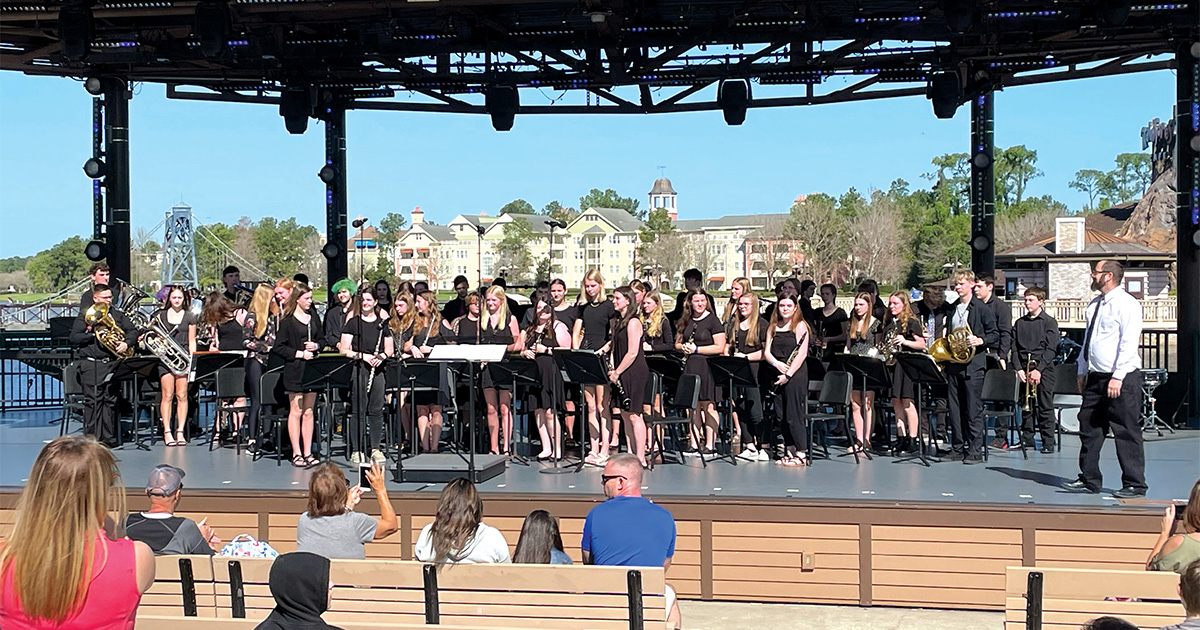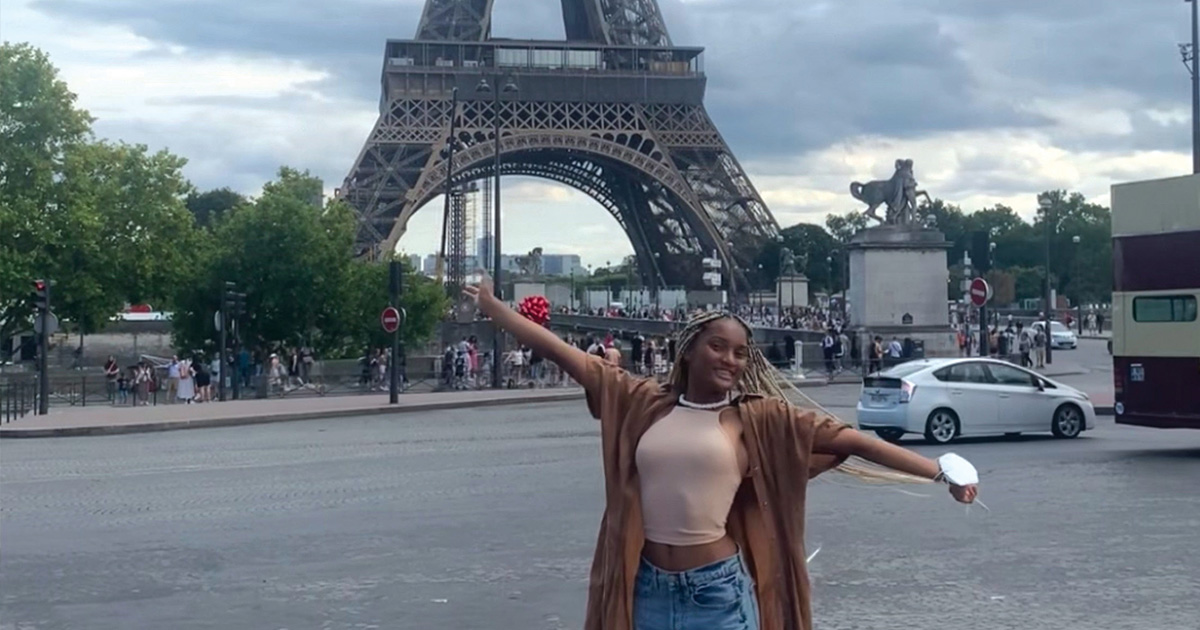Documentaries are great ways to capture your student trip and share your experience. Designating students with a task of filming their excursion will help them think critically about what they’re learning, and you could share their insights with parents, the community and other classrooms. Whether you take the project on as a class or assign groups, consider these tips to help get you started:
1. Gather the tools.
Gather all the digital tools for your trip, including digital cameras, tablets and microphones.
2. Assign tasks.
Decide who will be responsible for keeping track of devices, filming, audio recording and more. You could also create a schedule, so students could rotate tasks.
3. Map it out.
Much like your students might outline an essay, map out how you’re going to approach the documentary. Choose the subject and define the goal—what do you want students to achieve through this documentary? What information do you want to share? And then decide how they’re going to share the information. Are they going to tell the story through interviews, still shots, video clips? Make a list and delegate responsibilities.
4. Explain the shots.
Give students a rundown on the different types of shots they could employ in their documentary: full shots, headshots, long shots. You could even give them a homework assignment to watch their favorite movies and report their favorite techniques.
5. Practice.
Whether you’re brainstorming interview questions or learning how to hold the camera steady and use microphones, practice techniques with your students before hitting the field. Emphasize the importance of respecting and caring for the gear.
6. Set a schedule.
Reserve time for filming on your trip. On the flip side, it’s also a good idea to set boundaries for when digital devices won’t be used.
7. Edit.
After the trip, allow students to shape raw footage into a documentary. Video editing software and applications are available free online, and students could easily link their footage with transitions, add voiceovers and music, and insert titles, text and even special effects.
8. Share.
Have a movie night and invite parents, the community and other students. Sharing student experiences through tangible products is a great way to emphasize the importance of travel in education.




